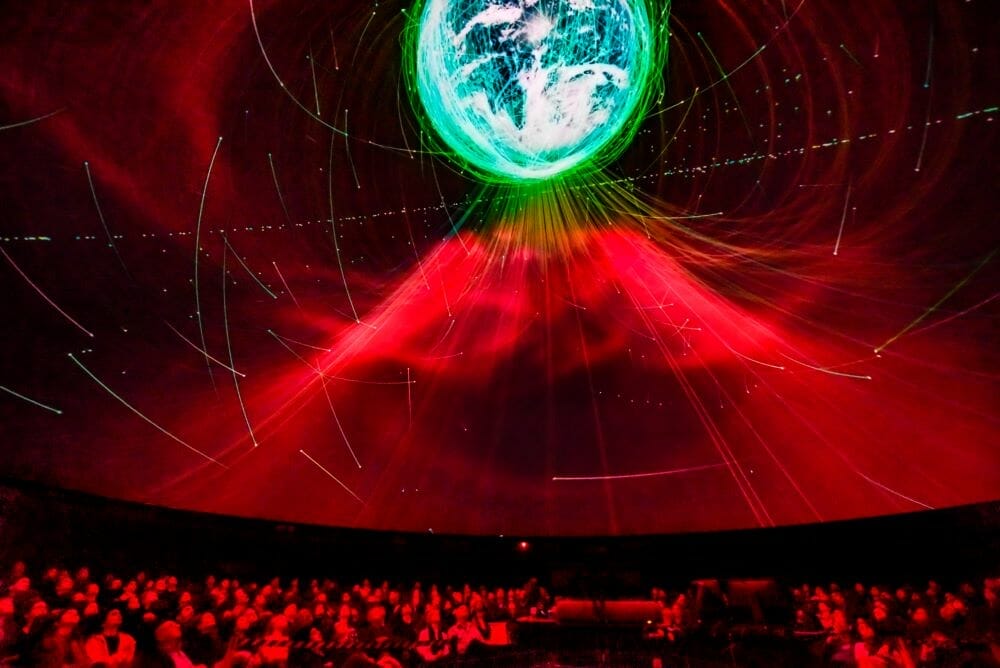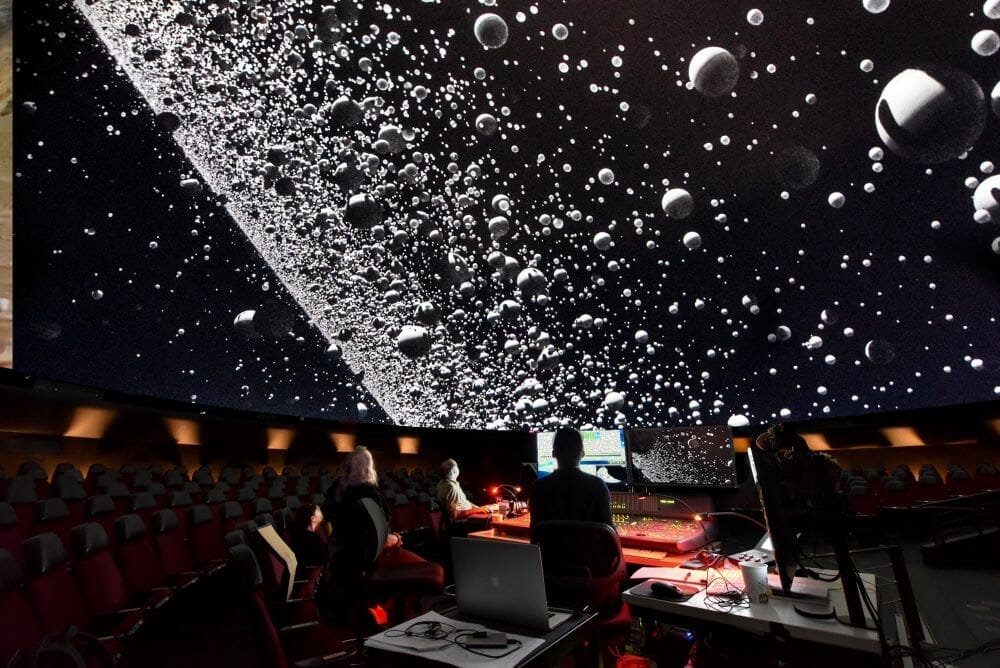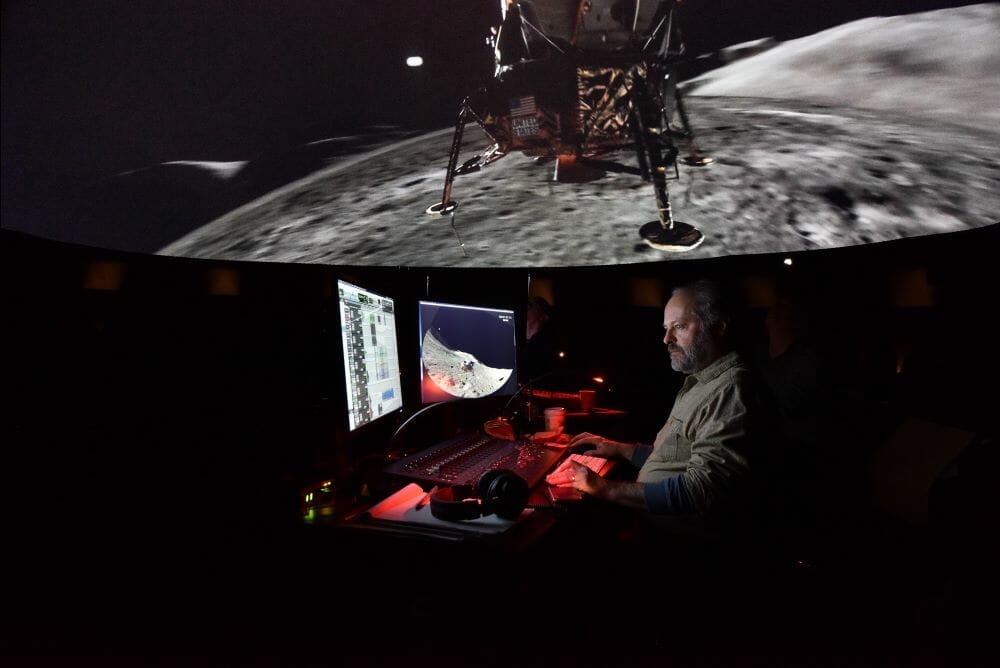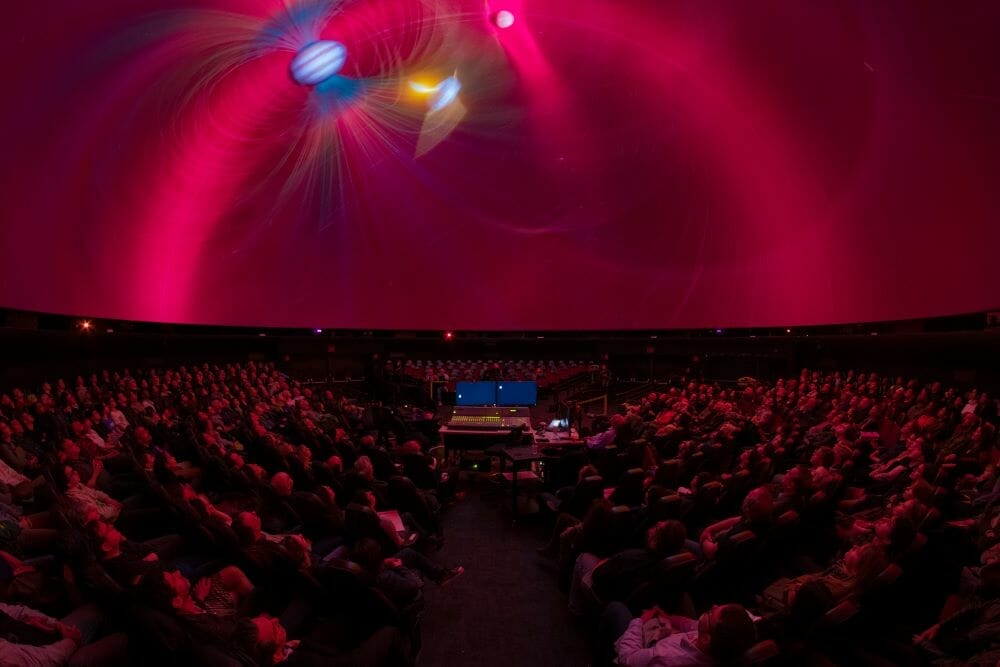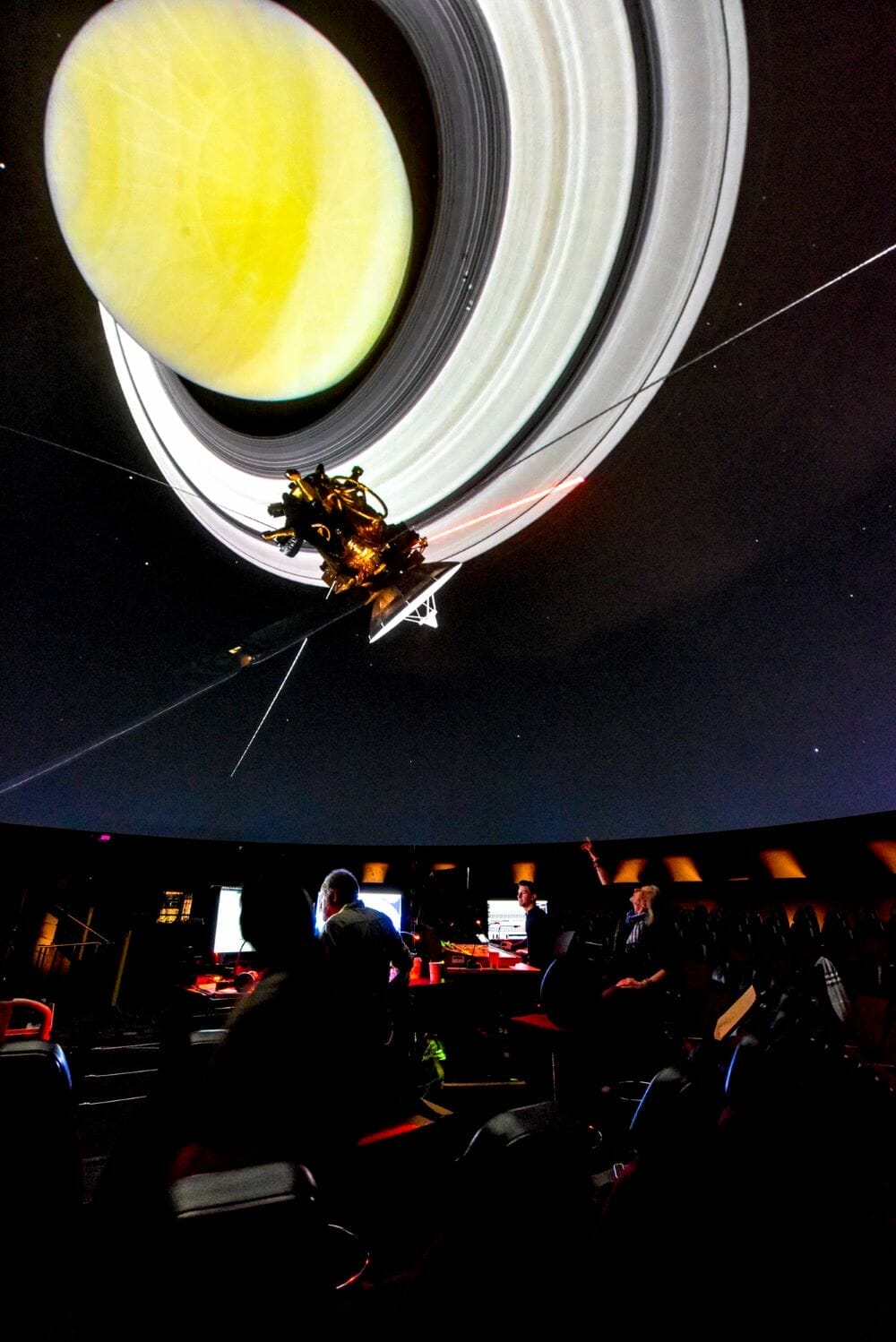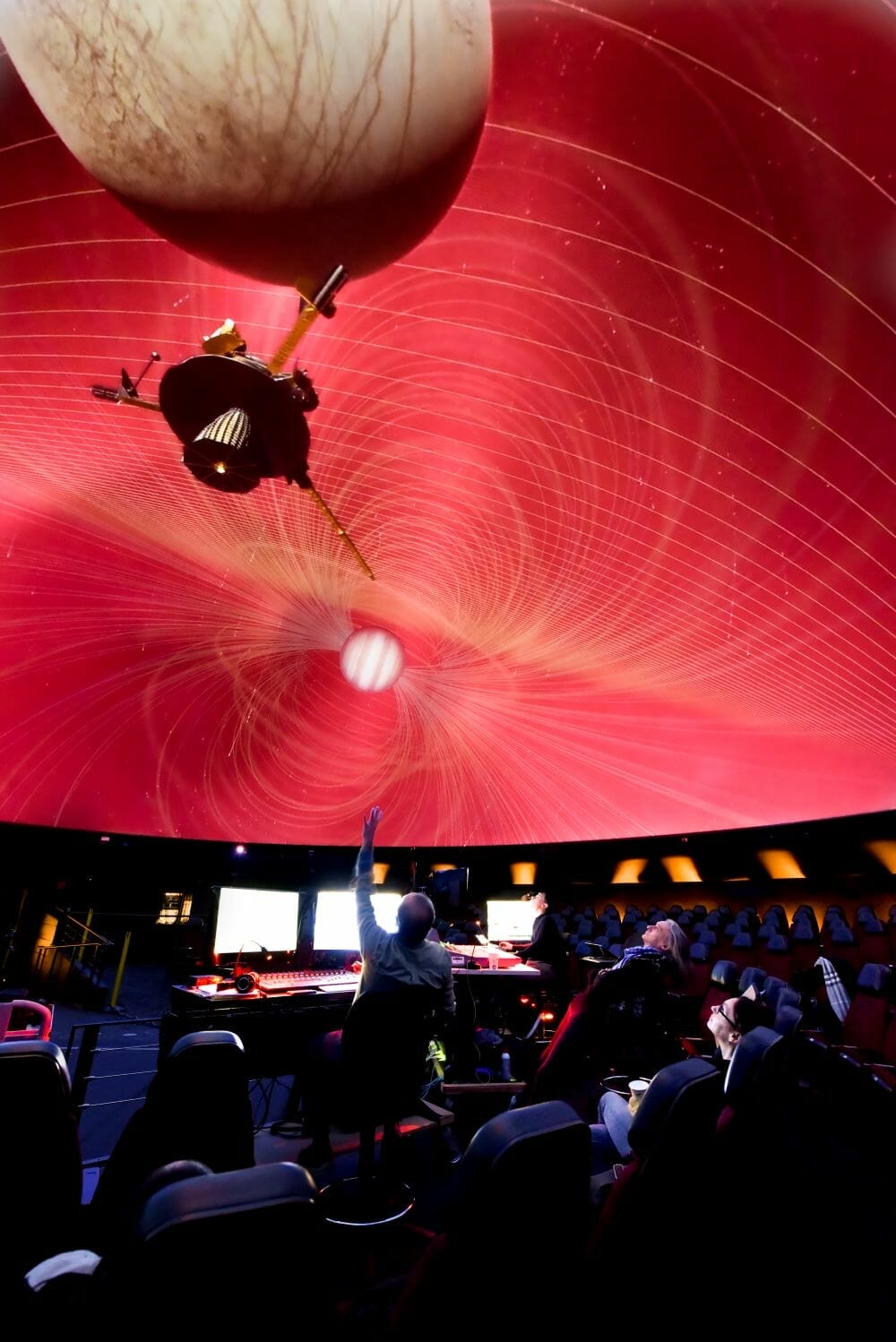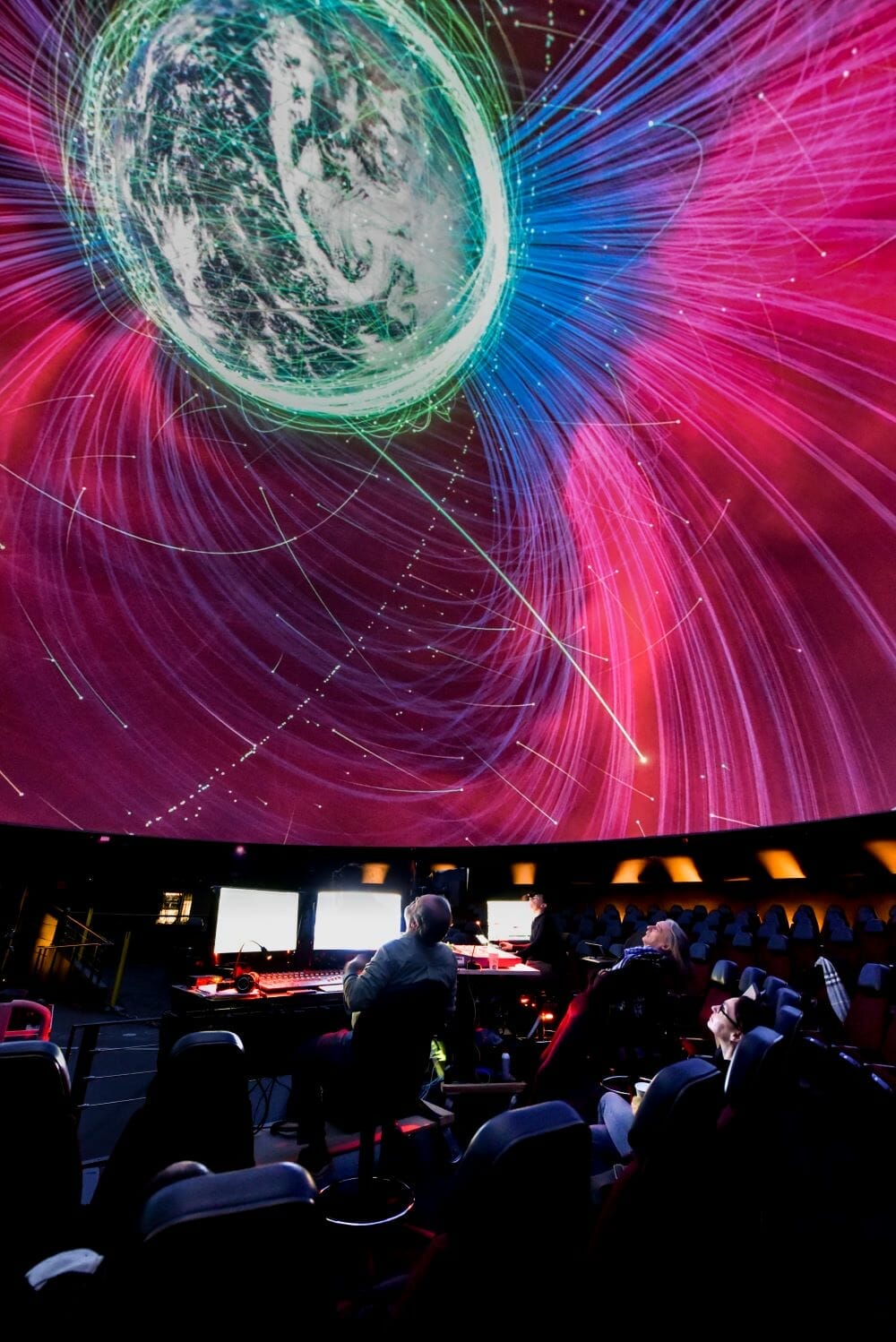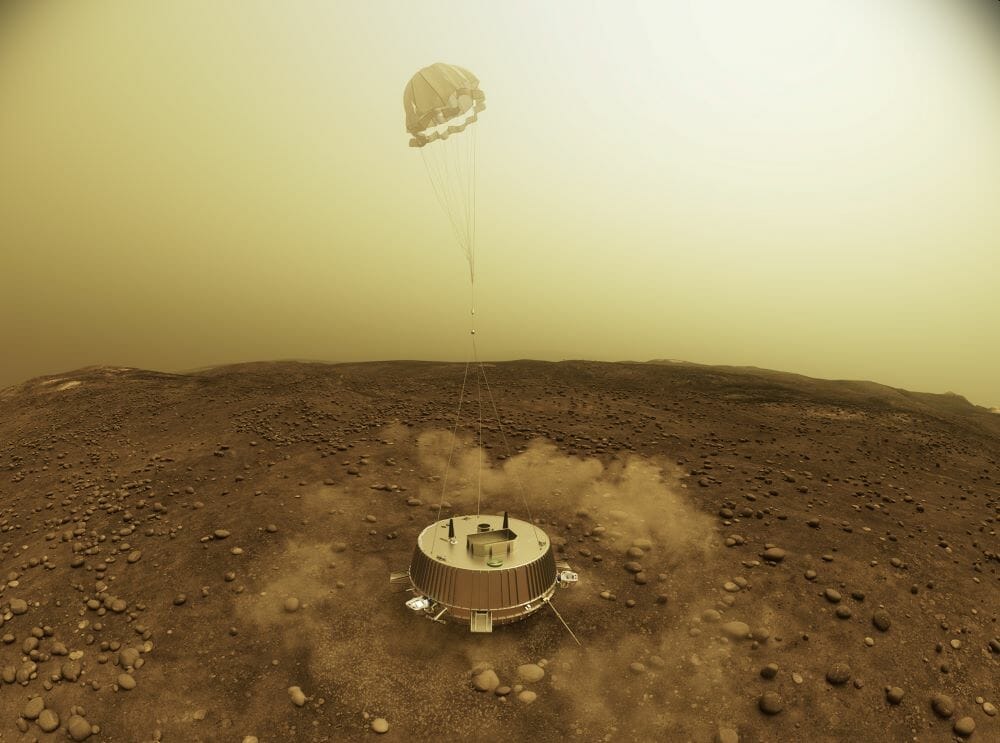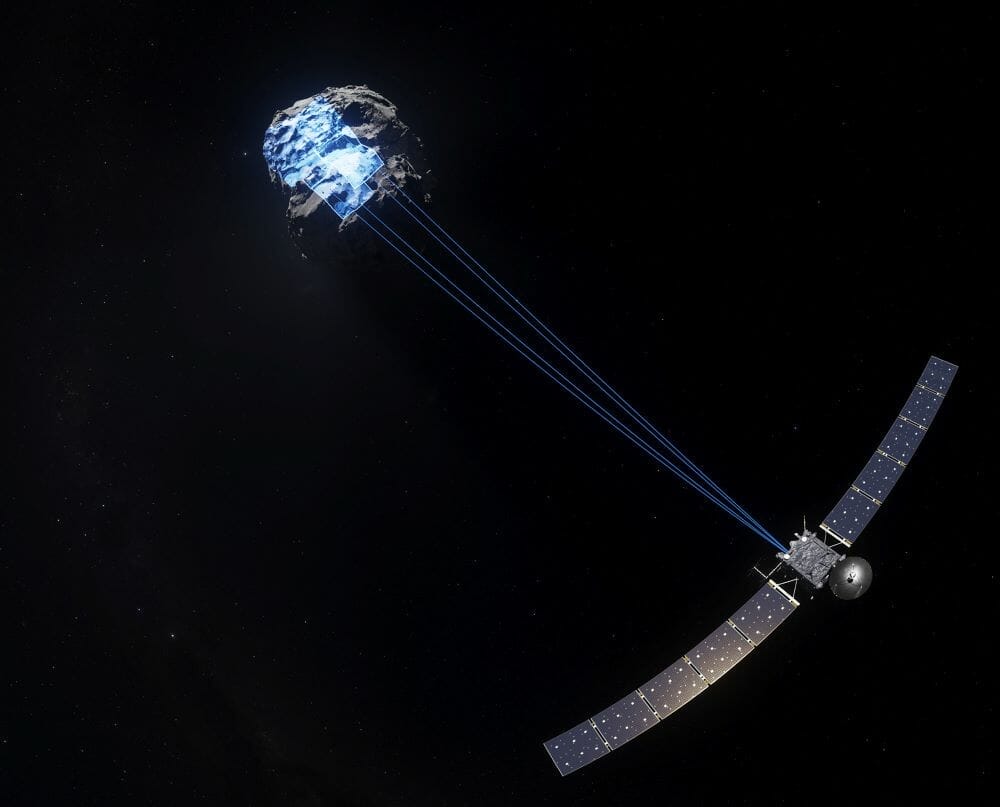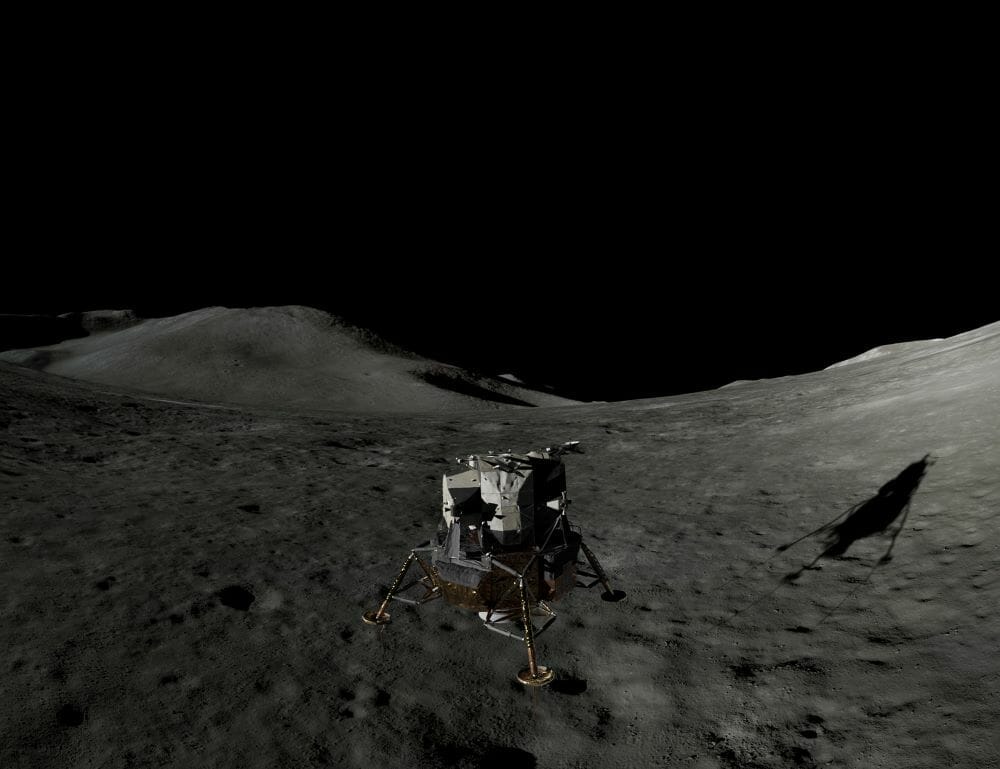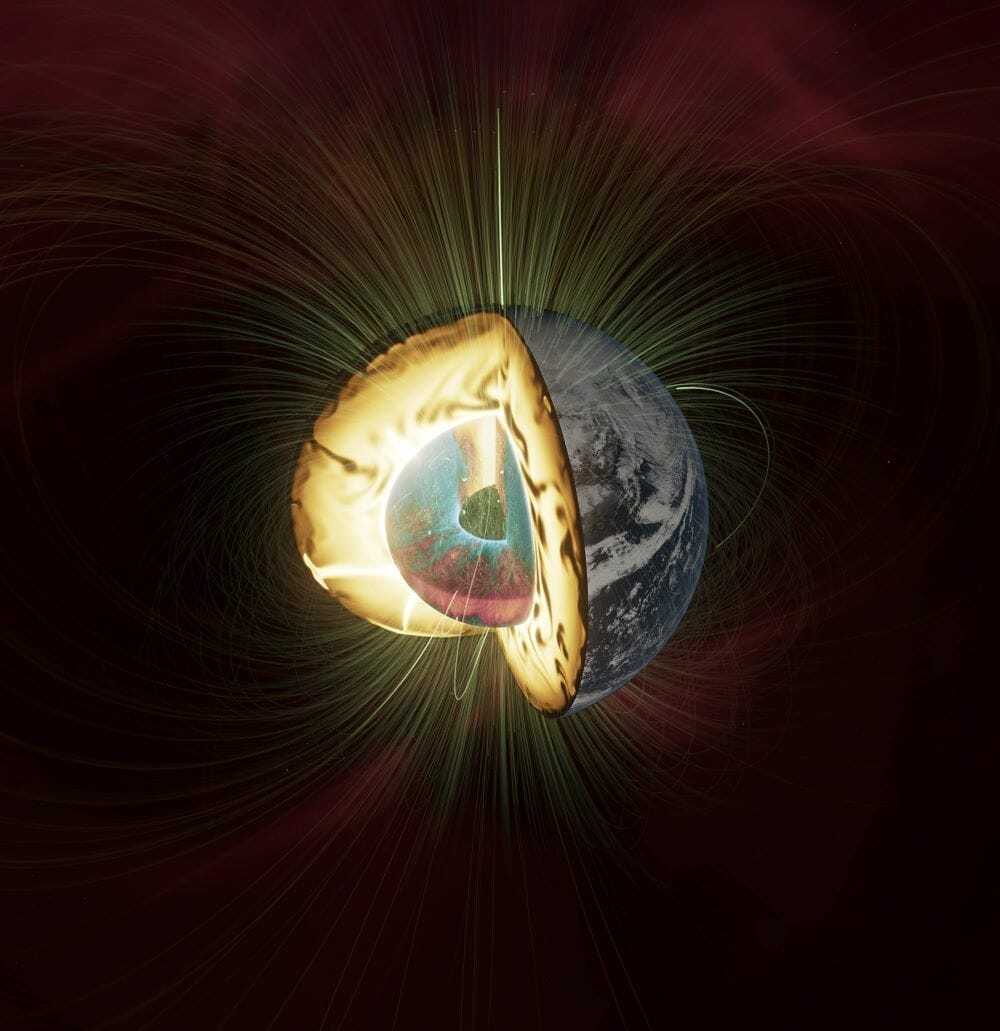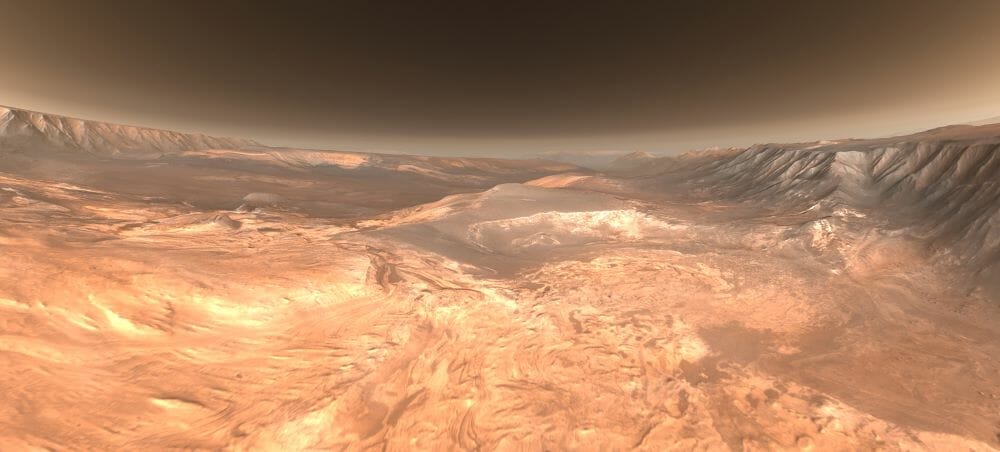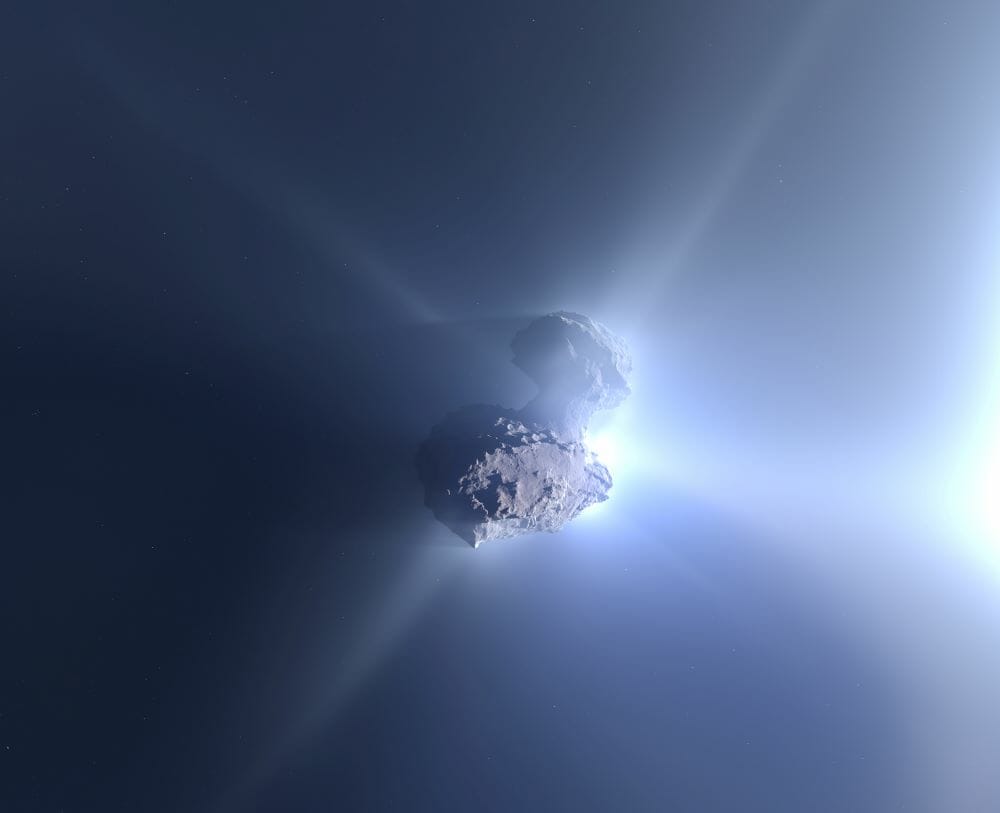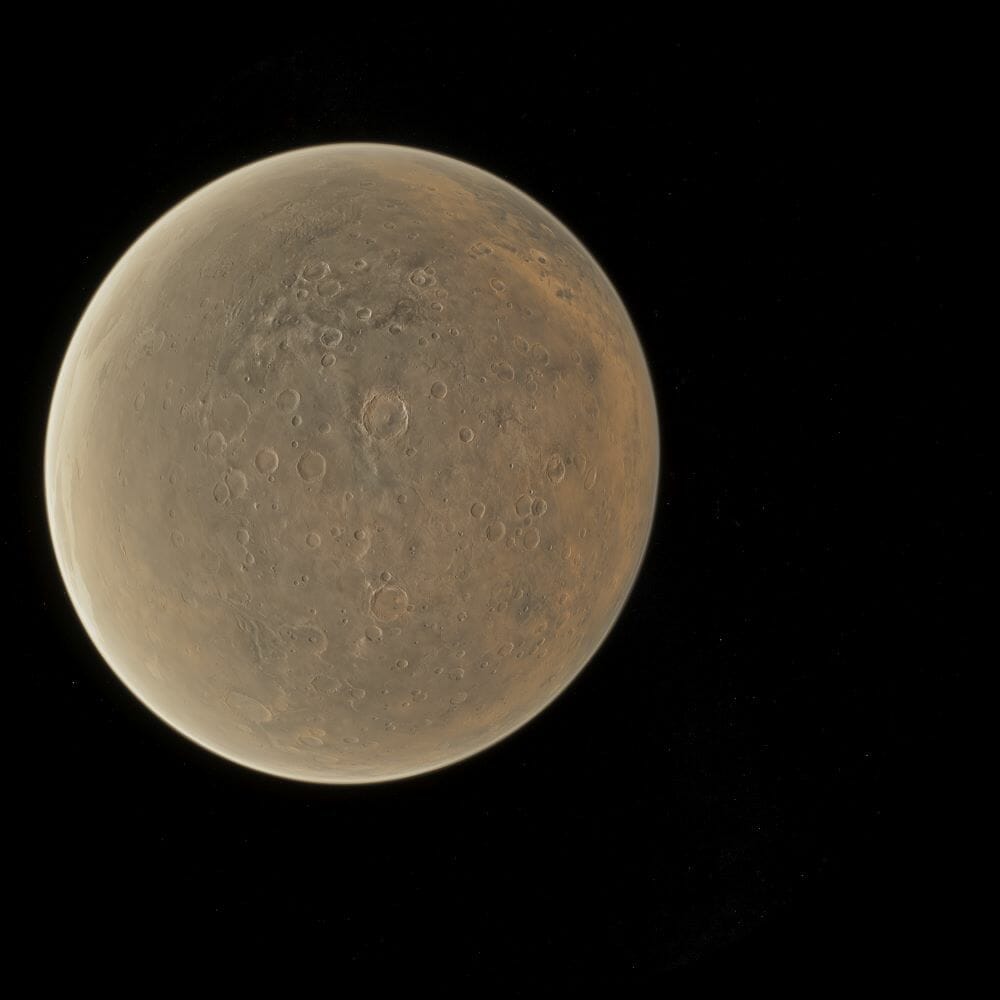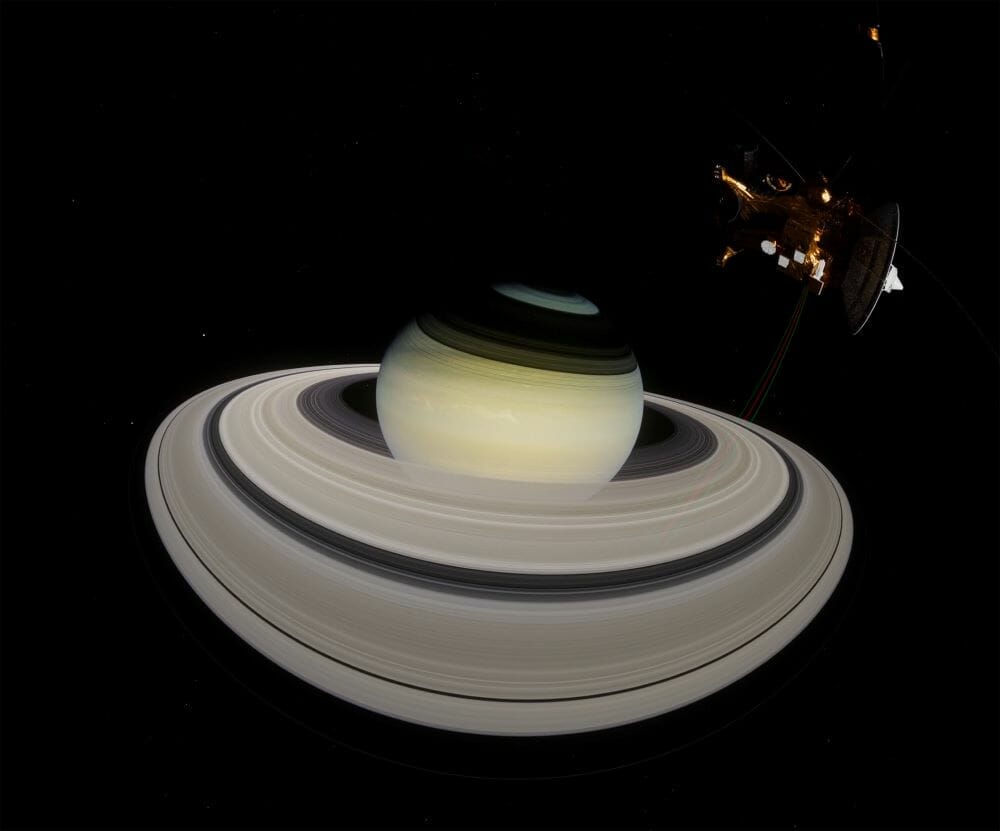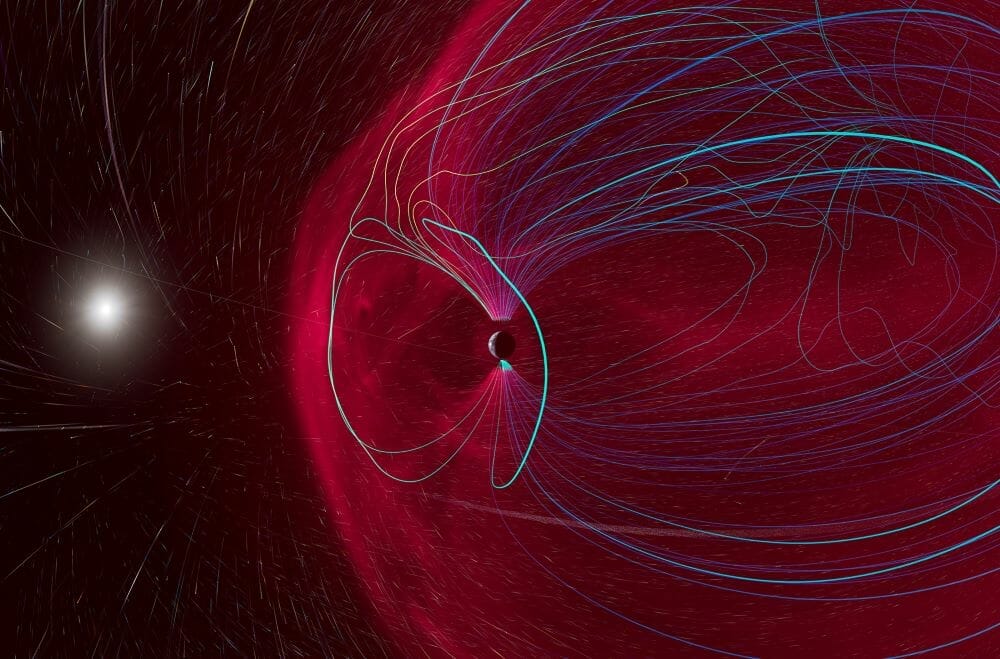When:
January 21, 2020 – Open Run
Daily, 10 am–5:45 pm, except for Thanksgiving and Christmas.
Where:
American Museum of Natural History
200 Central Park West
New York, NY
Featuring immersive visualizations of distant worlds, groundbreaking space missions, and scenes depicting the evolution of our solar system, the American Museum of Natural History’s new Hayden Planetarium Space Show, Worlds Beyond Earth, will be using a new planetarium projection system that is the most advanced in the world, and is part of the Museum’s 150th anniversary celebration.
Worlds Beyond Earth, narrated by Academy Award winner Lupita Nyong’o, takes viewers on ajourney that reveals the surprisingly dynamic nature of the worlds that orbit our Sun and the unique conditions that make life on our planet possible.
“In the past 50 years, humankind’s ability to travel through and study our solar system has increased exponentially with the advent of robotic spacecraft, and we have learned much about our neighboring planets—how they were formed and what they are like today,” said Ellen V. Futter, President of the American Museum of Natural History. “As with our previous, enormously popular Space Shows, Worlds Beyond Earth is a feat of science visualization, built on real data and research, and now dazzlingly showcased through the Hayden Planetarium’s new cutting-edge projection system ..”
While humans have to yet to walk on another world beyond the Moon, Worlds Beyond Earth celebrates the Age of Exploration carried out by our closest proxies, robotic explorers, over the past 50 years. Created by an award-winning team that includes Museum scientists, educators, and science visualization experts, Worlds Beyond Earth is an immersive theater experience based on authentic data from NASA, European Space Agency (ESA), and Japan Aerospace Exploration (JAXA) missions, telescopes, supercomputer simulations, and research conducted at institutions around the globe. Viewers will be taken on an adventure across the solar system, from our Moon and planetary neighbors Mars and Venus to beyond the asteroid belt, where worlds of ice and gas like Saturn and Jupiter host moons revealing active weather, erupting volcanoes, and buried oceans.
“Our ability to render these distant worlds is nothing short of astonishing, thanks to past and current space missions and the data they provide,” said Carter Emmart, the Museum’s director of astrovisualization and the director of Worlds Beyond Earth. “We’re not making anything up here. The height, color, and shapes we see come from actual measurements. In the Space Show, you see these beautiful objects as they actually are, to the best of our abilities.”
This is the first Hayden Planetarium Space Show that will “land” audience members on other worlds in our solar neighborhood, reconstructing actual events at specific locations, including a landing on the gray, cratered surface of the Moon, which viewers will reach by following an Apollo launch out of Cape Canaveral and the subsequent landing of the Lunar Module Falcon, carrying the first Lunar Roving Vehicle; and the liquid methane lakes of Saturn’s moon Titan, an almost Earthlike but extremely cold world 1.4 billion kilometers away, illuminated by ESA’s Huygens probe, launched from NASA’s Cassini spacecraft. Visualizations based on 13 years of data from NASA’s Cassini spacecraft will show viewers Saturn’s impressive, swirling rings as never before: bubbling with moonlets—house-sized baby moons—that form through a process that scientists think may parallel planet formation in the solar system. In addition, audiences will encounter one of Jupiter’s many moons, Io, which is the most volcanically active object in the solar system despite being covered by ice; Europa, another Jupiter moon with more liquid water beneath its icy crust than all of the oceans on Earth; Comet 67P, a frozen object traveling between the inner and outer solar system that the ESA’s Rosetta spacecraft chased for 10 years; and the dry and dusty landscape of Mars, based on high-resolution global maps from NASA’s Mars Reconnaissance Orbiter, Mars Global Surveyor, and ESA’s Mars Express.
Worlds Beyond Earth audiences will also see, NASA’s Magellan mission to Earth’s twin planet, Venus, revealed a world that once may have had conditions very similar to our planet’s, but today has a surface hot enough to melt lead because of its long-term buildup of greenhouse gases. Sending spacecraft to explore Venus deepened scientists’ understanding of global warming, and illuminated that pumping carbon dioxide into our own atmosphere leads to rising temperatures and threatens civilization on Earth. In contrast, our other solar neighbor, Mars, is freezing cold. Exploration reveals that Mars’ once-plentiful water supply and active volcanoes created conditions for life but that they didn’t last long, as demonstrated in a dramatic simulation of Mars’ surface evolution. The Red Planet’s core cooled quickly, causing its magnetic field to decay and allowing most of its atmosphere to be stripped away. What is left is a dry, frozen desert—a “failed Earth.”
Unlike Venus and Mars, Earth is surrounded by a strong magnetic field—powered by its hot, churning outer core, which is visualized in Worlds Beyond Earth—that forms a shield that deflects solar wind and protects our atmosphere. Our planet pumps out heat, feeding volcanoes at the surface and helping to sustain this atmosphere with the perfect blend of molecules for life.
Worlds Beyond Earth is the first Museum Space Show to take full advantage of the world’s most advanced planetarium projection system, installed last year in the Hayden Planetarium. The first-of-its-kind high dynamic range (HDR) laser system displays the widest color gamut of any planetarium in the world, allowing visitors to experience both the darkness of outer space and the most colorful worlds in our solar system.
Nominate this for The Picture This Post BEST OF 2020???
Click Readers' Choice
Vote Securely! Vote Privately! And Make Your Vote Count-- as all voting should be!!
Tickets:
$28 (adults), $22.50 (students/seniors), $16.50 (children ages 2–12), including general admission
For more information, visit the American Museum of Natural Historywebsite.
Photos courtesy of American Museum of Natural History


